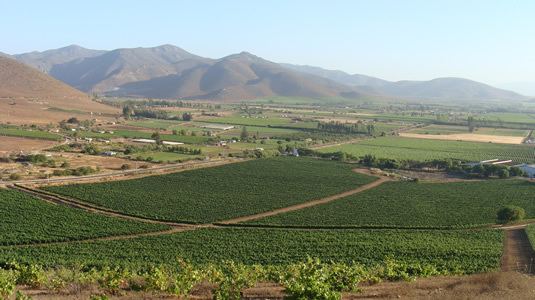Country Chile Time zone CLT (UTC-4) Area 13,553 km² Area code 56 | Website Government of Limarí | |
 | ||
Points of interest Bosque de Fray Jorge National, Museo del Limari, Monumento natural Pichasca, La Paloma Dam, Cordillera de Talinay | ||
Limarí Province (Spanish: Provincia de Limarí) is one of three provinces of the Chilean region of Coquimbo Region (IV). Its capital is the city of Ovalle
Contents
- Map of LimarC3AD Province Coquimbo Region Chile
- Geography and demography
- Comunas
- Limar Valley wine region
- Grape distribution by varietal
- References
Map of Limar%C3%AD Province, Coquimbo Region, Chile
Geography and demography
According to the 2002 census by the National Statistics Institute (INE), the province spans an area of 13,553.2 km2 (5,233 sq mi) and had a population of 156,158 inhabitants (77,087 men and 79,071 women), giving it a population density of 11.5/km2 (30/sq mi). Between the 1992 and 2002 censuses, the population grew by 10.3% (14,607 persons).
Comunas
The province is composed by 5 comunas:
Limarí Valley wine region
The Limarí Valley Denomination of Origin (DO) is defined by the Chilean Appellation system, the legally defined and protected geographical indication used to identify where the grapes for a wine were grown. The valley is located 470 km (290 mi) north of Santiago, in the middle section of the Coquimbo region. Best known for its Piscos vines were first planted here in the mid-16th century and have seen a recent resurgence, due to new technologies and winemakers seeking new terroirs. The area is known for producing Sauvignon and Chardonnay, first planted during the 1990s, and also produces Syrah and Pinot, with a climate similar to Marlborough in New Zealand. The Pacific Ocean has a strong influence on the region with the cooling Camanchaca, a fog that enters the valley from the west each morning and retreats as the sun rises over the Andes from the east. With less than 4 inches of rainfall per year, drip irrigation is used to water the vines that grow in the mineral-rich soil. The combination creates fresh wines with a distinct mineral edge.
